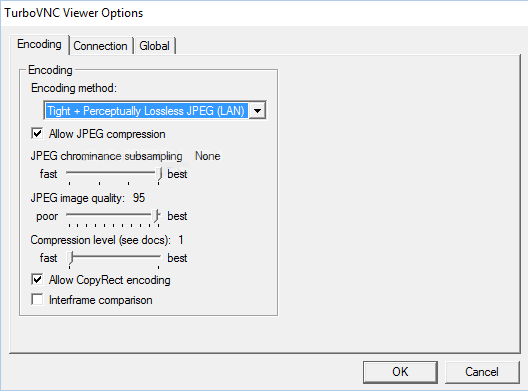- Bootable USB Creators
- Miscellaneous Software
- GIS Software
- IDE Software
- Web Browsers
- Data Recovery Software
- Download Managers
- CAD Software
- PDF Editors
- Video Playing Software
- Android Emulators
- Database Management Software
- Messaging Software
- Video Editing Software
- VPN Software
- Image Editing Software
- 3D Modeling Software
- Digital Audio Workstation Software
- File Managers
- PDF Readers
- Disk Formatting Software
- SSH Client Software
- Browser Plug-ins
- Product Key Finders
- 3D Model Viewing Software
- Shooter Games
- Disk Space Analyzers
- Programming Languages
- Remote Desktop Software
- Backup Software
- Digital Art Software
- Racing Games
- Audio Mixing Software
- File Synchronization Software
- Antivirus Software
- Live Stream Software
- Rescue Disk Software
- System Optimizers
- Mouse Cursor Software
- Strategy Games
- 2D Animation Software
- PDF Tools
- Benchmark Software
- System Information Software
- Network Monitoring Software
- Application Server Software
- Multiple Monitor Management Software
- FTP Server Software
- Virtualization Software
- Keyboard Manager Software
TurboVNC 3.1.1
| Price | Free |
| Version | 3.1.1 |
| Release Date | April 9, 2024 |
| Publisher | TurboVNC - https://turbovnc.org |
| Publisher's Description | |
TurboVNC is a high-performance, enterprise-quality version of VNC based on TightVNC, TigerVNC, and X.org. It contains a variant of Tight encoding that is tuned for maximum performance and compression with 3D applications (VirtualGL), video, and other image-intensive workloads. TurboVNC, in combination with VirtualGL, provides a complete solution for remotely displaying 3D applications with interactive performance. TurboVNC's high-speed encoding methods have been adopted by TigerVNC and libvncserver, and TurboVNC is also compatible with any other TightVNC derivative.
TurboVNC forked from TightVNC in 2004 and still covers all of the TightVNC 1.3.x features, but TurboVNC contains numerous feature enhancements and bug fixes relative to TightVNC, and it compresses 3D and video workloads much better than TightVNC while using generally only 5-20% of the CPU time of the latter. Using non-default settings, TurboVNC can also be made to compress 2D workloads as "tightly" as TightVNC.
Features
- Fine-grained control over the JPEG image quality and level of chrominance subsampling
- Double buffering on the client side to reduce tearing artifacts in 3D and video applications
- Flexible and configurable full-screen/multi-screen support
- Full support for IPv6
- Advanced flow control and continuous updates (greatly improves performance on high-latency connections)
- Authentication with one-time passwords or Unix login credentials (in addition to standard VNC passwords)
- Access control lists (for sharing VNC sessions with only certain users)
- Allows security/authentication policies to be set globally for a particular server machine
- Multithreaded encoding
- “Lossless refresh” allows a viewer to request a lossless copy of the current screen image, either manually or automatically (after a specified number of seconds of inactivity)
- High-performance zero-install Java viewer, deployable using Java Web Start, that calls libjpeg-turbo through JNI to achieve native levels of performance
- Fastest VNC viewer available (that we know of) on OS X and Windows
